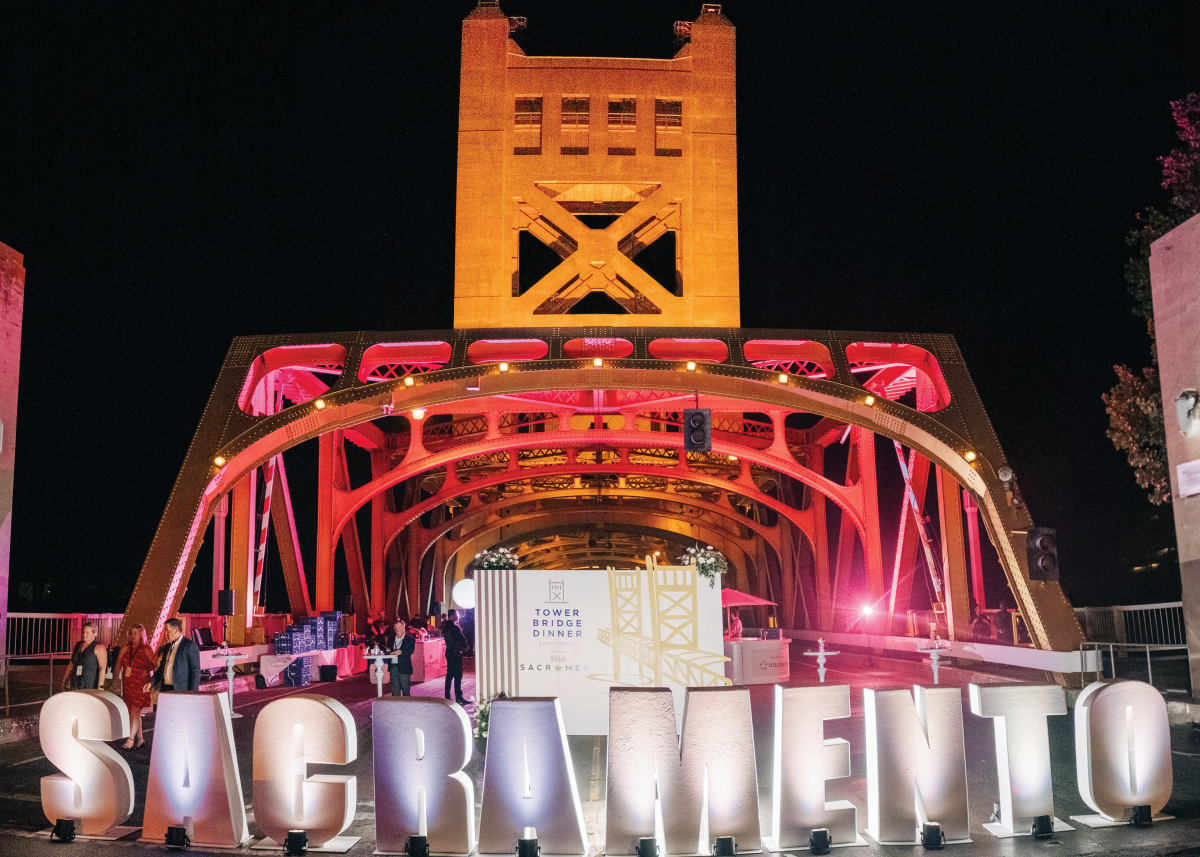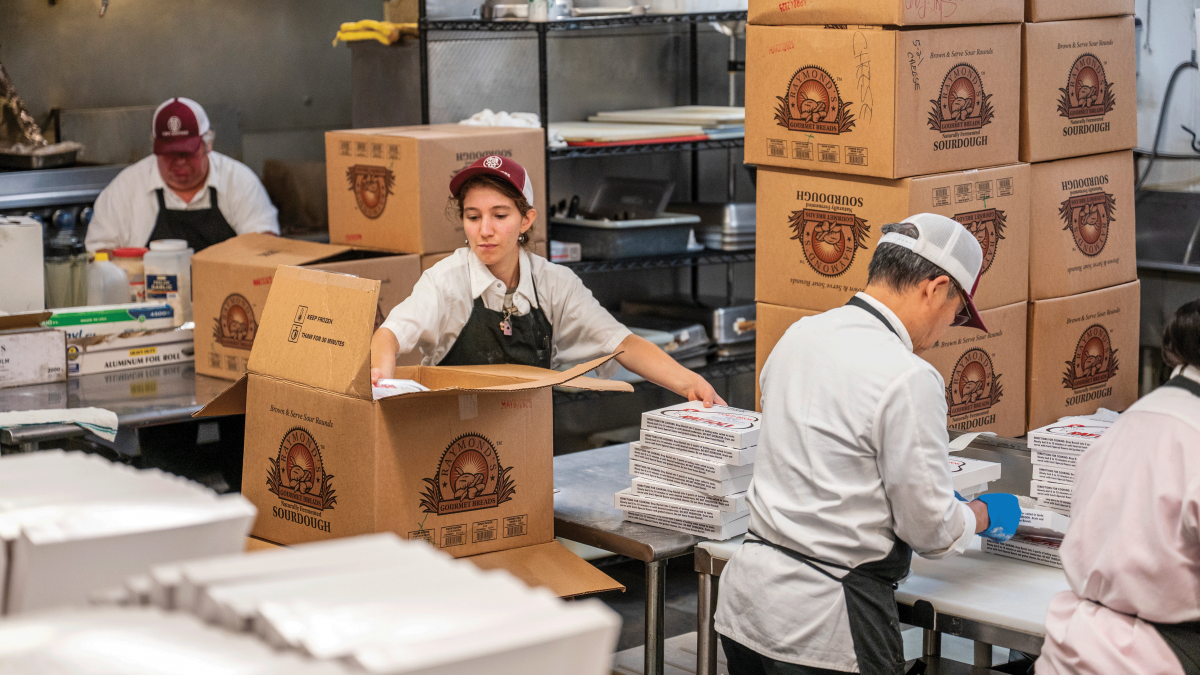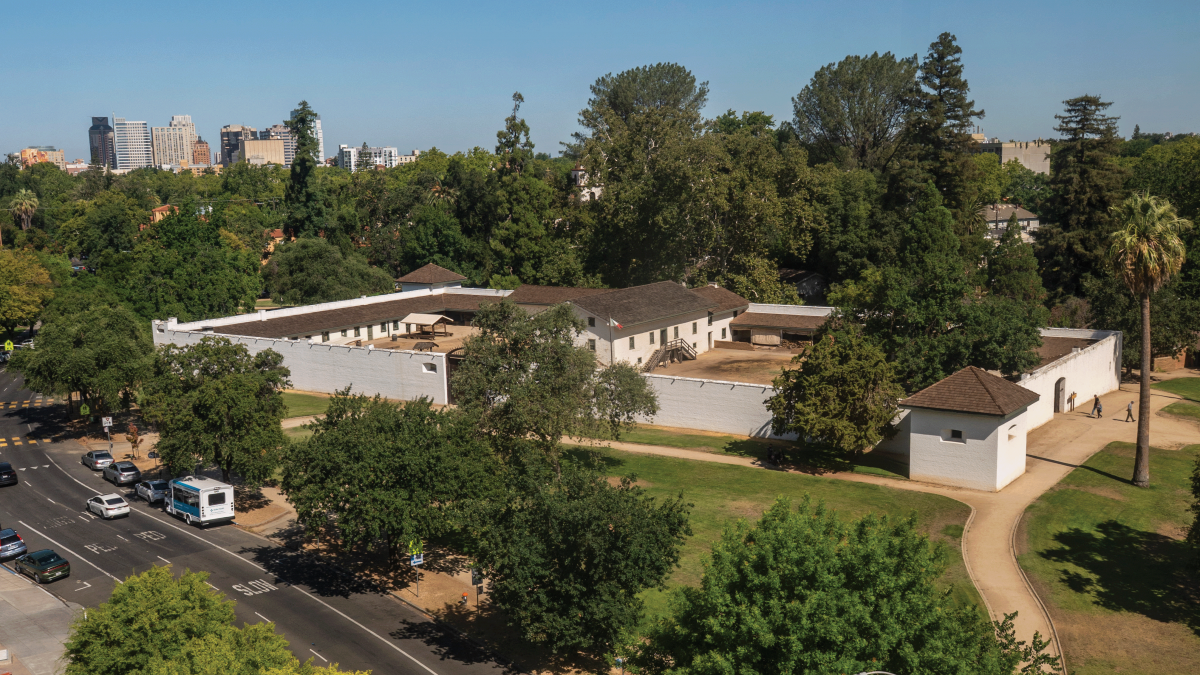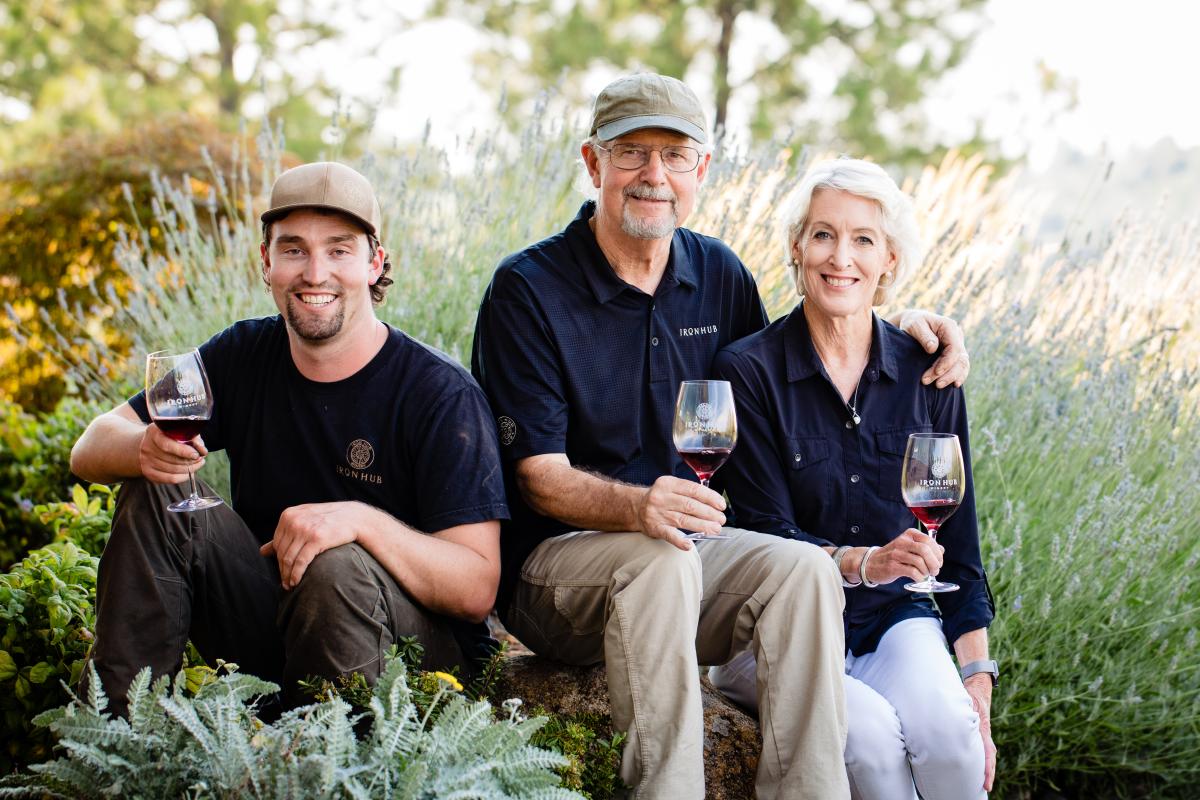FEATURED STORY: Often described by its proximity to other places, Sacramento actually sees significant traffic each year from out-of-town visitors. Here’s what draws them — and how the city is hoping to attract more.
Many of the attributes that keep me from recommending Sacramento as a must-see stop on a California tour are, in my qualified opinion, what make it a great place to live.
Among East Coast friends, I’ve described Sac as “the Midwest of the West.” A more concise analogy would be “the Minneapolis of the Midwest of West, i.e. the Central Valley,” but you get the picture. Streets lined with stately Victorian homes and mature elms, ginkgos and maples that shed their glory in the fall are uncommon sights in the Golden State, lending credence to Sac’s former title of “City of Trees.” Driving under its canopy is like a warm hug on a winter’s day and a cool bath on a hot one.
But those who visit Northern California likely aren’t looking for summer mornings at the farmers market, bike rides along the American River or trivia nights at a craft brewery. In fact, Sacramento may resemble the city they came from — and where they will happily return after days spent on alpine trails and windswept ocean vistas, or weaving through the hubbub of San Francisco’s Chinatown and the traffic on Market Street. If they do visit Sacramento, it’s a soft place to land between adventures.
I recently made the mistake of taking a visiting friend to the Old Sacramento Waterfront at night. It had the eeriness of a carnival after hours — dimly lit and poorly attended. Considering it’s the city’s main bid for a tourist destination, it’s unfortunate that so many locals consider it an unpleasant place to be. (Don’t take my word for it; read this post on Sac’s Subreddit.)
Comstock’s has reported on efforts to improve the waterfront and attract more tourists. It could work if the city focuses on what it already does quite well: putting locals first. Because it’s people and the everyday bustle that make a place worth visiting.
– Dakota Morlan, managing editor
Other stories you may have missed: Behind the Doors of Sacramento’s Small Food Factories
Deep inside the belly of Corti Brothers in East Sacramento, past the double doors marked “employees only,” past the walk-ins and shelves of goods and hustling employees, a piercing klaxon is sounding in the kitchen. Is it a fire alarm? Has a miscreant entered through a back door to burgle a jar of vintage marmalade? Much more dire: The cheese ravioli filling in the ravioli machine hopper is getting low.
Sutter’s Fort Returns to Its Roots: Authenticity Wins Out Over Mythology
The Back Story: Sutter’s Fort, the 6-acre state park in Midtown Sacramento, is an underappreciated jewel in the crown of the region’s historic attractions.
When There’s a Still, There’s a Way
Some wineries across America, from the California coast to Maine, have expanded from traditional wine making into the distilling process, using their grapes to make high octane spirits. Here’s how Amador County winemaker Tom Jones keeps his spirits up as the wine industry trends down.
Startup of the Month: The Make Box
From crafting with popsicle sticks in elementary school to working with small electronic devices in middle school, Kavya Khare clearly had DIY in her DNA. She is now the founder of The Make Box, a UC Davis and Bay Area-based startup that creates modular robotic kits, SnapBots, for young students to engage in STEM.
Notes From Our Staff
Dakota: Want to know why Sacramento (officially, for a time) was known as the City of Trees? This Sacramento Bee article provides a brief history and a comprehensive list of trees that were most commonly planted during those early arborists’ heyday, classified by native and nonnative.
Jennifer: After spending much of the past year on a Charles Dickens kick, I’m now transitioning into his contemporary (and occasional satirizer) Anthony Trollope. There are excellent free audiobooks on Librivox of two of his best-known novels, “The Warden” and “Barchester Towers,” which skillfully depict the claustrophobia and hypocrisy of Victorian clerical society.
Odds and Ends
Don’t forget to subscribe to the print magazine to stay up to date on the region’s business trends, and follow us on Instagram, Facebook, X and LinkedIn for daily stories and extras.







